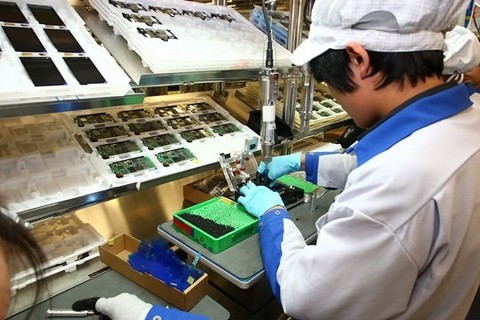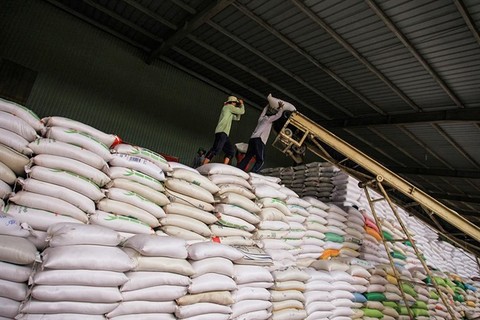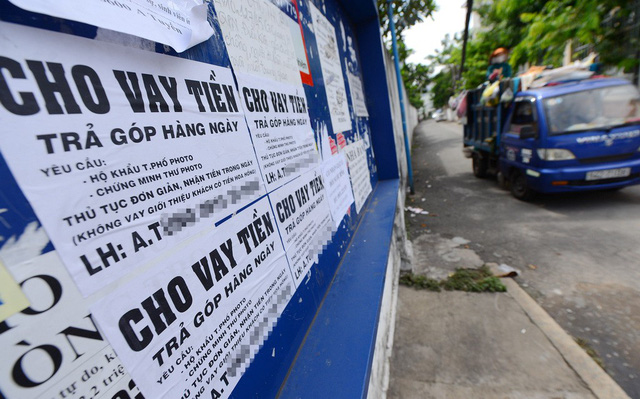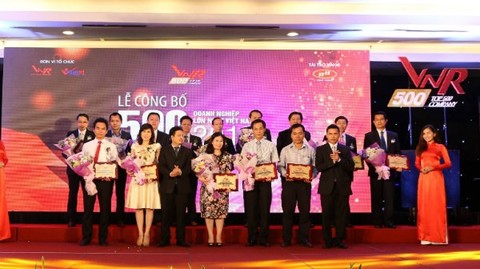Hong Kong keen to invest in Viet Nam infrastructure
Hong Kong keen to invest in Viet Nam infrastructure
A blessing given the country’s immense need for infrastructure financing to keep pace with its rapid economic expansion.

In an exclusive interview with Viet Nam News, Vincent H S Lo, chairman of the Hong Kong Trade Development Council, said Viet Nam is a very attractive destination for Hong Kong investment given its large population and rapid economic growth.
“Hong Kong is keen on investing in infrastructure in Viet Nam, especially now with the Belt and Road Initiative,” Vincent said. He said more trade will follow, including tourism and then manufacturing, once sufficient infrastructure is built.
Initiated by China in 2013, the “Belt and Road Initiative” is an ambitious strategy to promote economic co-operation along land and sea corridors pning 65 countries throughout Asia, Europe and Africa. The area’s massive demand for infrastructure is estimated at US$1.7 trillion a year through to 2030.
As a country participating in the initiative, Viet Nam, among the fastest-growing nations in the world, is also leading in the infrastructure race.
The country has targeted gross domestic product (GDP) growth of 6.7 per cent in 2018 after recording a nine-year high with GDP growth of 6.8 per cent in 2017. It is boosting infrastructure to lure more foreign investment as well as keep its position as one of Asia’s next "Tiger" economies.
Viet Nam has spent about 5-6 per cent of GDP on infrastructure development in recent years, the highest in Southeast Asia and comparable with China’s 6.8 per cent, according to the Asian Development Bank.
The sixth largest economy in the ASEAN bloc needs to invest an estimated $400 billion in infrastructure over the next decade. Given the huge financing gap, the country is endeavouring to attract non-State, private and foreign resources into infrastructure projects, especially in the form of public-private partnerships (PPP).
“Infrastructure is typically very long term, so you need to have stable transparency as well as provide incentives and guarantees for investors to make 20-30 year investments,” Vincent said.
He suggested the Vietnamese Government make further reforms on market conditions, offering incentives, especially tax incentives, guaranteed return and market opening to attract more foreign investment, just like China did 20 to 30 years ago.
Vincent said a few projects were planned during his visit to Viet Nam last May but declined to disclose further as the companies have not announced it themselves.
“We will definitely continue to come to Viet Nam and make further investments,” Vincent said.
In November, the South China Morning Post said Hong Kong companies have expressed interest in taking part in the development of subway projects in HCM City and Ha Noi.
Stronger partnership
Bilateral trade partnership between Viet Nam and Hong Kong has increased steadily in recent years.
Viet Nam is Hong Kong’s ninth-largest trade partner worldwide and biggest export market in ASEAN with two-way trade value reaching $16.4 billion in the first eleven months of 2017, surpassing the 2016’s total figure of $9.3 billion.
As of November 2017, Hong Kong’s annual imports from Viet Nam touched $7.2 billion while its exports to Viet Nam hit $9.2 billion. Hong Kong has also been among top 10 biggest FDI investors in Viet Nam with total registered investment hitting nearly $18 billion.
In November last year, after three years of negotiations, ASEAN members and Hong Kong finally signed a Free Trade Agreement (FTA). Together with ASEAN-China FTA, economic co-operation between the two sides is expected to grow at a much faster pace.
“Hong Kong would like to be a springboard for Viet Nam but the country must make itself more attractive,” Vincent said, adding that many investors are looking for opportunities in Viet Nam.
Hong Kong is an important entrepot for trade between mainland China and Viet Nam, with 60 per cent of re-exports of goods originating from the Chinese mainland.






















